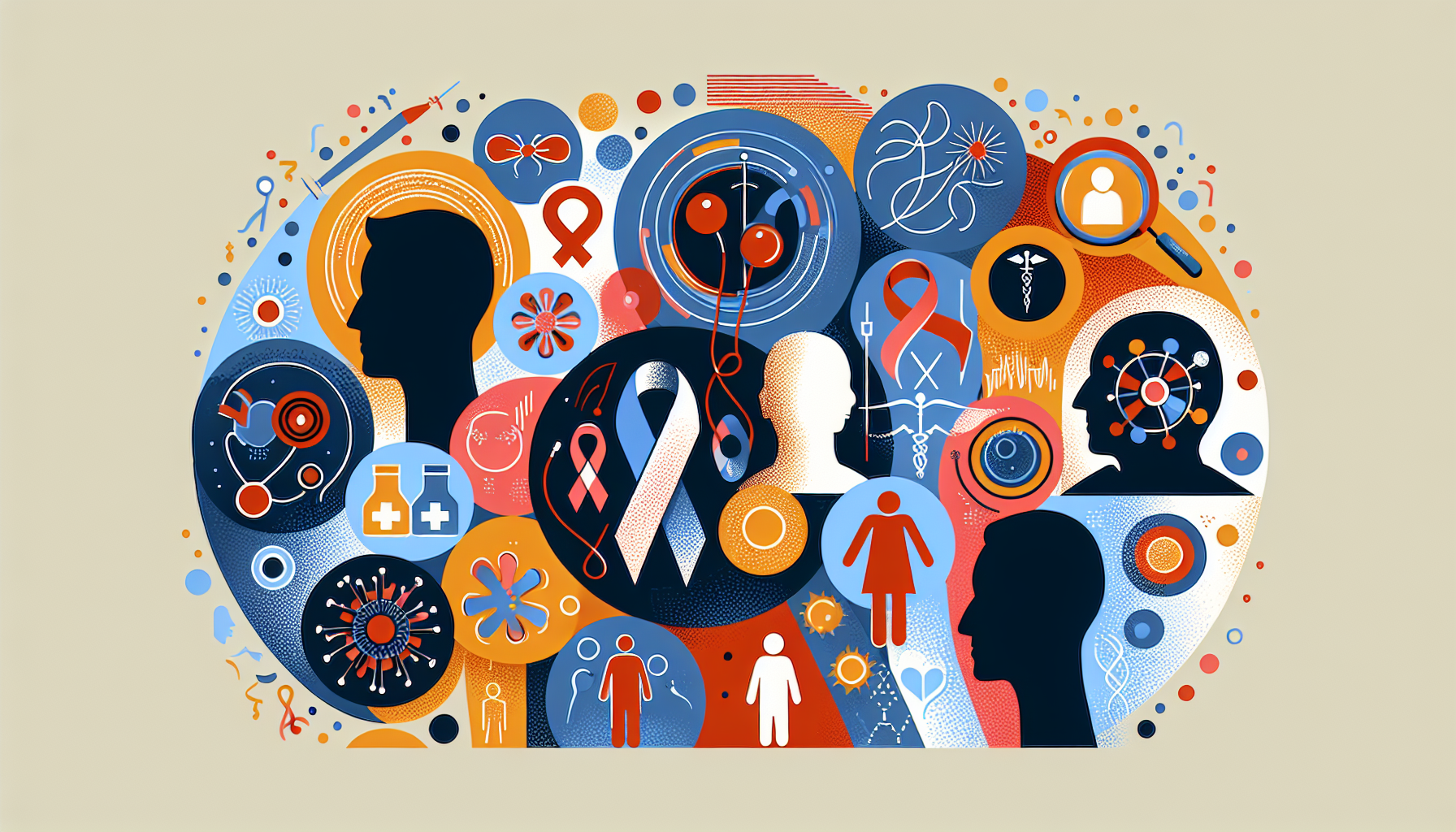Tirzepatide for Sleep Apnea - Can It Help?
Understanding Sleep Apnea and Its ChallengesSleep apnea is a common yet serious sleep disorder characterized by repeated interruptions in breathing during sleep. These pauses [...]
Read More
Medically reviewed by Abhijit Bhattacharyya | MD, PhD, MBA, Tufts University School of Medicine - Miami, Florida on April 18th, 2024.
Balo's disease is a rare neurological disorder that is similar to multiple sclerosis (MS). Like MS, Balo's disease attacks and damages tissue in the brain and spinal cord where the protective covering of nerves (myelin) is lost, causing lesions or areas of inflamed tissue. However, the lesions caused by Balo's disease have a distinct appearance, resembling bull's-eye marks or concentric rings, which is why it is sometimes referred to as Balo's concentric sclerosis.
Another key difference between Balo's disease and MS is that people with Balo's disease typically do not experience periods of remission, and their health tends to worsen over time. Balo's disease is most common among Asian populations, particularly those from China and the Philippines, and it usually affects adults in their 30s, both men and women.
The symptoms of Balo's disease are similar to those of MS and may include:
Headaches
Seizures
Muscle pain and spasms
Muscle weakness
Paralysis over time
Difficulty speaking
Trouble thinking or understanding others
Changes in behavior
Visual changes
Loss of coordination
Difficulty swallowing
Numbness
The exact cause of Balo's disease is unknown, but doctors believe it may be an autoimmune condition. In autoimmune disorders, the body mistakenly attacks healthy tissue, causing inflammation and damage. Some people with Balo's disease experience a severe illness with high fever and headaches just before the onset of other symptoms, leading doctors to suspect that an infection may trigger the condition.

Due to the rarity of Balo's disease, it is essential to consult a neurologist, a doctor who specializes in disorders of the brain and nervous system. The diagnostic process typically involves several steps:
A thorough medical history and physical examination
Assessment of muscle strength, memory, and speech
Magnetic resonance imaging (MRI) scans of the brain and spinal cord to identify lesions
Blood tests to check for infections
Spinal fluid analysis
Evoked potential (EP) tests to measure brain activity in response to stimuli
Currently, there is no cure for Balo's disease, and no medications have been specifically designed to treat the condition. However, doctors may prescribe medications used to treat MS, such as disease-modifying therapies, along with corticosteroids to reduce inflammation in the brain and spinal cord. Additional medications may be prescribed to manage pain, muscle weakness, and spasms.
While living with Balo's disease can be challenging, working closely with a neurologist and other healthcare professionals can help manage symptoms and improve quality of life. Researchers continue to study this rare disorder in hopes of developing targeted treatments and, ultimately, a cure.
Understanding Sleep Apnea and Its ChallengesSleep apnea is a common yet serious sleep disorder characterized by repeated interruptions in breathing during sleep. These pauses [...]
Read MoreHeart attacks are often perceived as a predominantly male health issue, but the reality is that heart disease is the leading cause of death for women worldwide. Recognizing [...]
Read MoreTelehealth has transformed the way patients access healthcare, offering convenience, speed, and accessibility that traditional in-person visits often cannot match. With the [...]
Read More